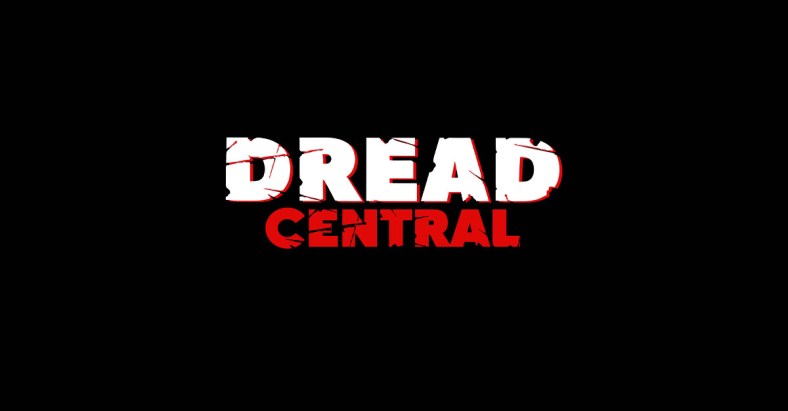‘House of 1000 Corpses’ is a Loving Tribute to the Grindhouse Sleaze of Years Past

House of 1000 Corpses is many things. But first and foremost, it is a violent love letter to the exploitation cinema of yesteryear. Writer/director Rob Zombie channels the tone and spirit of flicks like The Texas Chain Saw Massacre and Tourist Trap, both of which saw young people taking to the open road and encountering misfortune along the way. And from there, the controversial director pays tribute to the video nasties of years past, whilst managing to inject (what would eventually become) his signature brand of sleazy excess.
Almost 20 years from the film’s initial bow before moviegoers (it turns nineteen this week), House of 1000 Corpses remains a campy, blood-soaked throwback that captures the essence of a bygone era. Moreover, it launched the directorial career of a powerful (albeit divisive) voice in genre cinema.
House of 1000 Corpses follows four young friends on a road trip. When the pals make the fateful decision to stop at a roadside attraction, they unwittingly cross paths with a group of deranged killers with a penchant for depraved and unspeakable acts.
Also Read: ‘The Munsters’: Horror Icon Dee Wallace Joins The Cast Of Rob Zombie’s Reboot!
Although House of 1000 Corpses is rife with nods to the films by which Zombie was inspired, the writer/director breaks from expectations almost immediately. The creator wastes no time showing the audience exactly what the deranged family (The Firefly clan) with whom the traveling motorists cross paths is capable of. Rather than slowly revealing their violent nature, Zombie parades their unspeakable acts in front of the viewer before the protagonists even realize what they have gotten themselves into. That’s a bold strategy, considering the standard approach in these situations is to foreshadow and slowly reveal bits and pieces of information, rather than beating viewers over the head with it.
But Zombie’s heavy-handed approach actually works to paint a clear picture of the level of peril in which the characters find themselves. Moreover, it allows the audience to see the protagonists as sitting ducks. And that certainly serves to up the terror quotient.
On the subject of the film’s antagonists, Zombie has done a particularly impressive job of creating an ensemble cast of adversaries so ominous that most would cross the street to avoid them if encountered in the real world. But when the Firefly family is safely trapped within the confines of our television screen, they’re quite fascinating. Baby, Otis, and Captain Spaulding each come across as menacing and deranged, adding to the gritty, unhinged tone of the picture.
Related Post: Rob Zombie Toyed with the Idea of a HOUSE OF 1000 CORPSES Broadway Musical
Genre icon Bill Mosely is terrifying as Otis. Otis clearly knows the difference between right and wrong. So he gleefully gives into his homicidal impulses and torturous fantasies without any regard for the value of human life. Sheri Moon Zombie is also quite effective as Baby. She is almost charming at first glance. But she becomes more and more frightening as the layers of her twisted persona rise to the surface. Equally impressive is the late Sid Haig as Captain Spaulding. Haig is likely to keep viewers in a constant state of uncertainty as his mood swings from jovial to homicidal at the drop of a hat. My only complaint is that we don’t see more of him in this first outing with the Firefly crew. Thankfully, the iconic actor features more heavily in Zombie’s more celebrated 2005 follow-up, The Devil’s Rejects.
With performances of that caliber from the film’s antagonists, it would be hard to blame anyone for investing in them more than their innocent victims. The ruthless antiheroes bring to mind a (much) more colorful version of the ruthless Frank Zito in William Lustig’s Maniac. They possess a comparable level of depravity. Yet, somehow, they wind up stealing each and every scene in which they appear.
All in, Zombie’s feature film debut isn’t without its issues. But the flick serves up a sleazy tone and visual aesthetic that makes it feel very much like a lost export from the grindhouse days. House of 1000 Corpses captures the essence of a bygone era and serves as a loving nod to the films many exploitation enthusiasts grew up devouring.
If you are keen to chat more about House of 1000 Corpses, let me know your thoughts on Twitter @FunWithHorror!
Categorized:Editorials News

